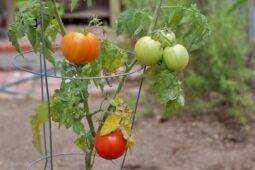7 Trellis Ideas For A Strong And Supported Garden
A good trellis helps shape your garden’s layout, giving your climbing plants something to cling to, but they can also add character if you pick the right type. These trellis ideas go beyond the basic wooden lattice and lean into creative, functional ways to support your garden while giving it a standout look.
1. Wire Grid Walls
Using a wire grid or metal mesh attached to a wall or fence gives you a minimalist, modern look without a lot of effort. It’s sturdy, easy to customize, and works well for vining plants like peas, beans, or even clematis. You can spray-paint the wire black or dark green to help it blend in or leave it raw for a more industrial feel. This approach is ideal for tight spaces or rental yards where you need something temporary but still attractive and useful.
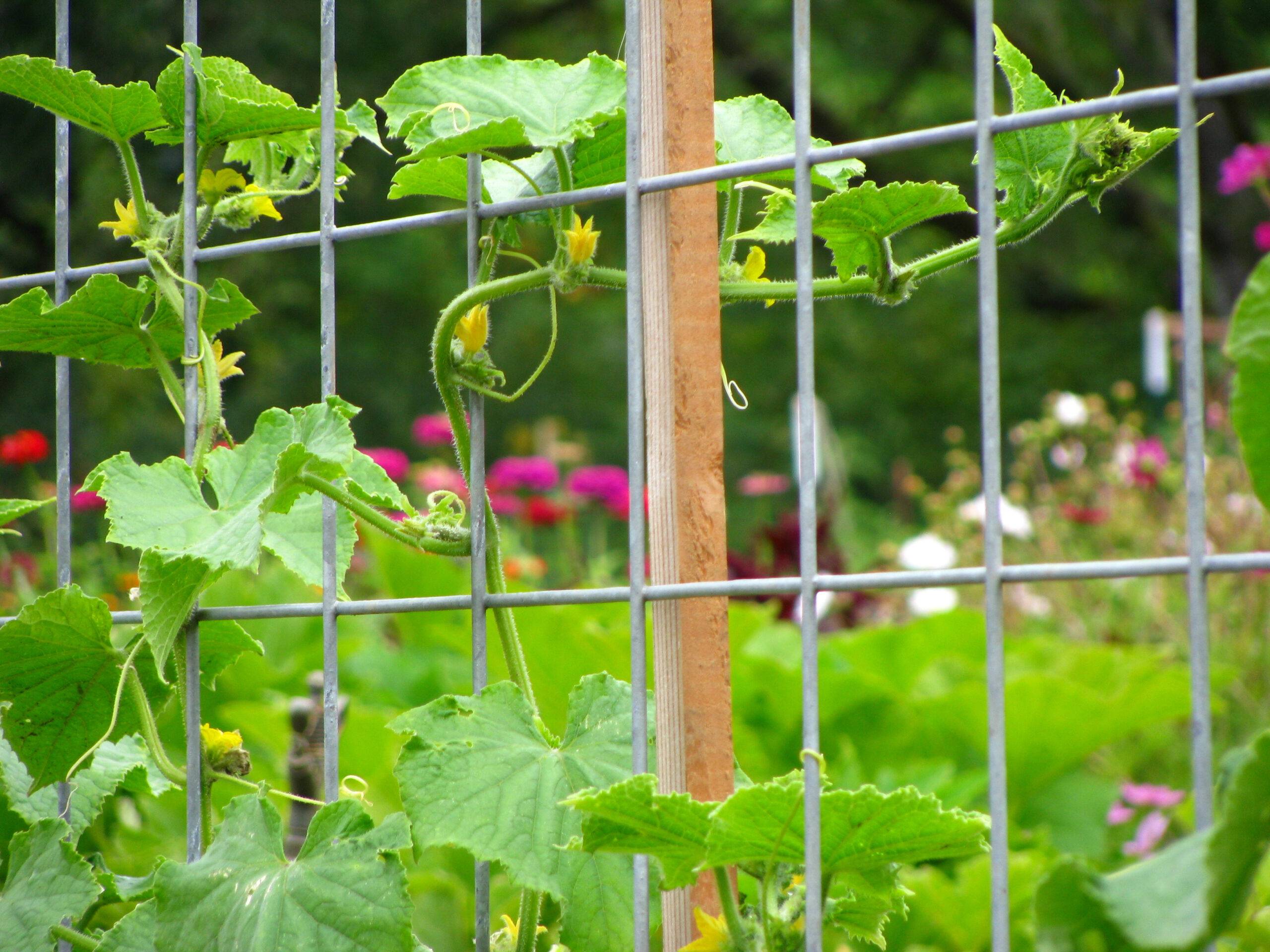
2. Freestanding Folding Screens
An old folding room divider or privacy screen can double as a moveable trellis. These work well if you’re not ready to commit to a permanent structure or want to try different placements throughout the season. Choose one made of metal or treated wood and position it near container plants or raised beds. The folding feature makes storage easy in the off-season, and you can even paint it to match your garden style.
3. Living Archways
Two trellises placed opposite each other with an arch or simple beam across the top can turn a garden path into something special. It’s great for growing beans, gourds, or even small squashes overhead. This setup adds a sense of entrance or movement in your yard, and when the plants are in full bloom, it feels like walking through a magical tunnel of greenery.
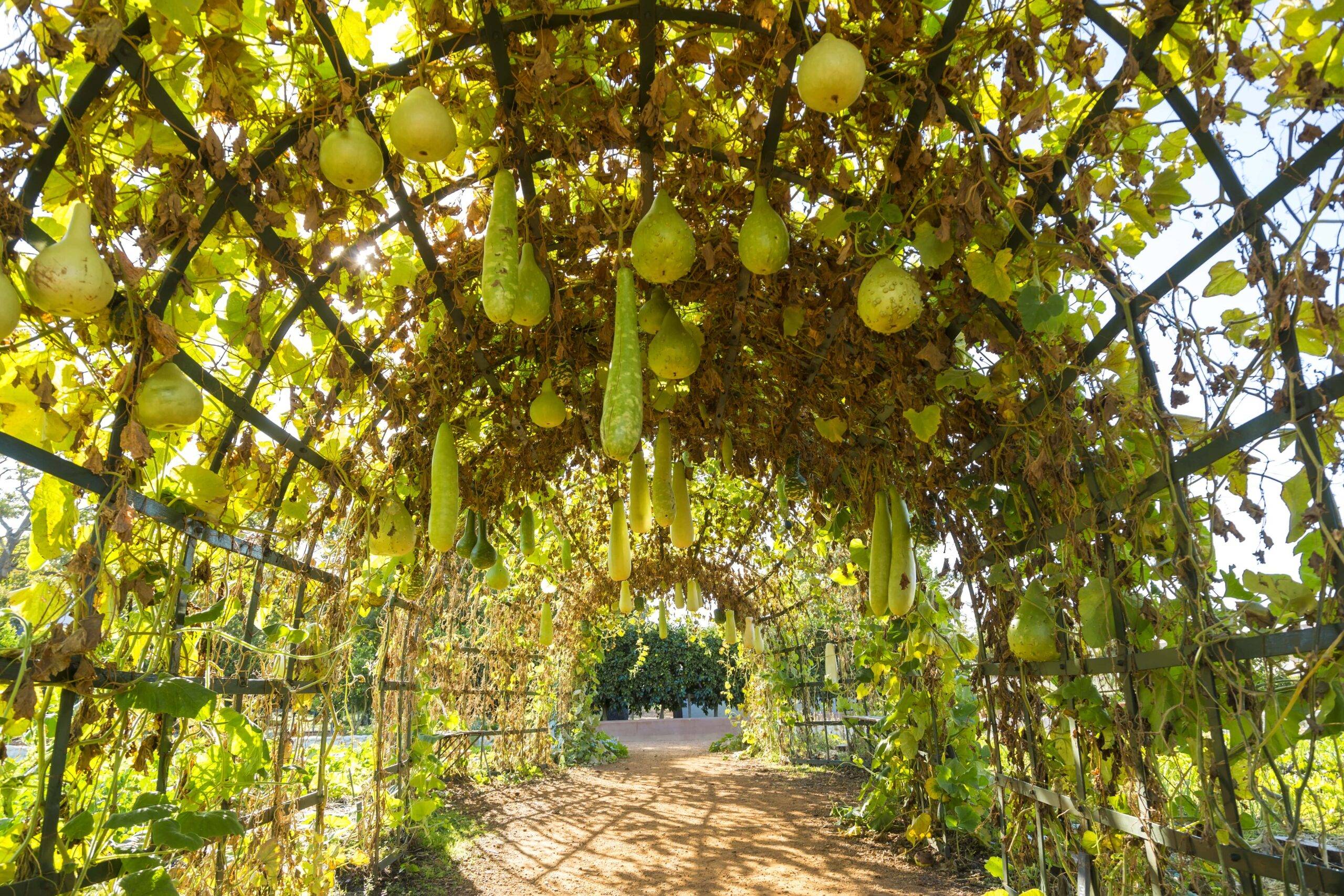
4. Salvaged Wood Slats
If you have leftover wood slats from a fence or old pallet, you can create a rustic trellis with just a few screws and a basic frame. Lean it against a wall or prop it in a raised bed. It doesn’t need to be perfect since plants will cover up most of it anyway, but the rough look works well in gardens that lean casual or cottage-style. Plus, using what you already have keeps things low-cost and sustainable.
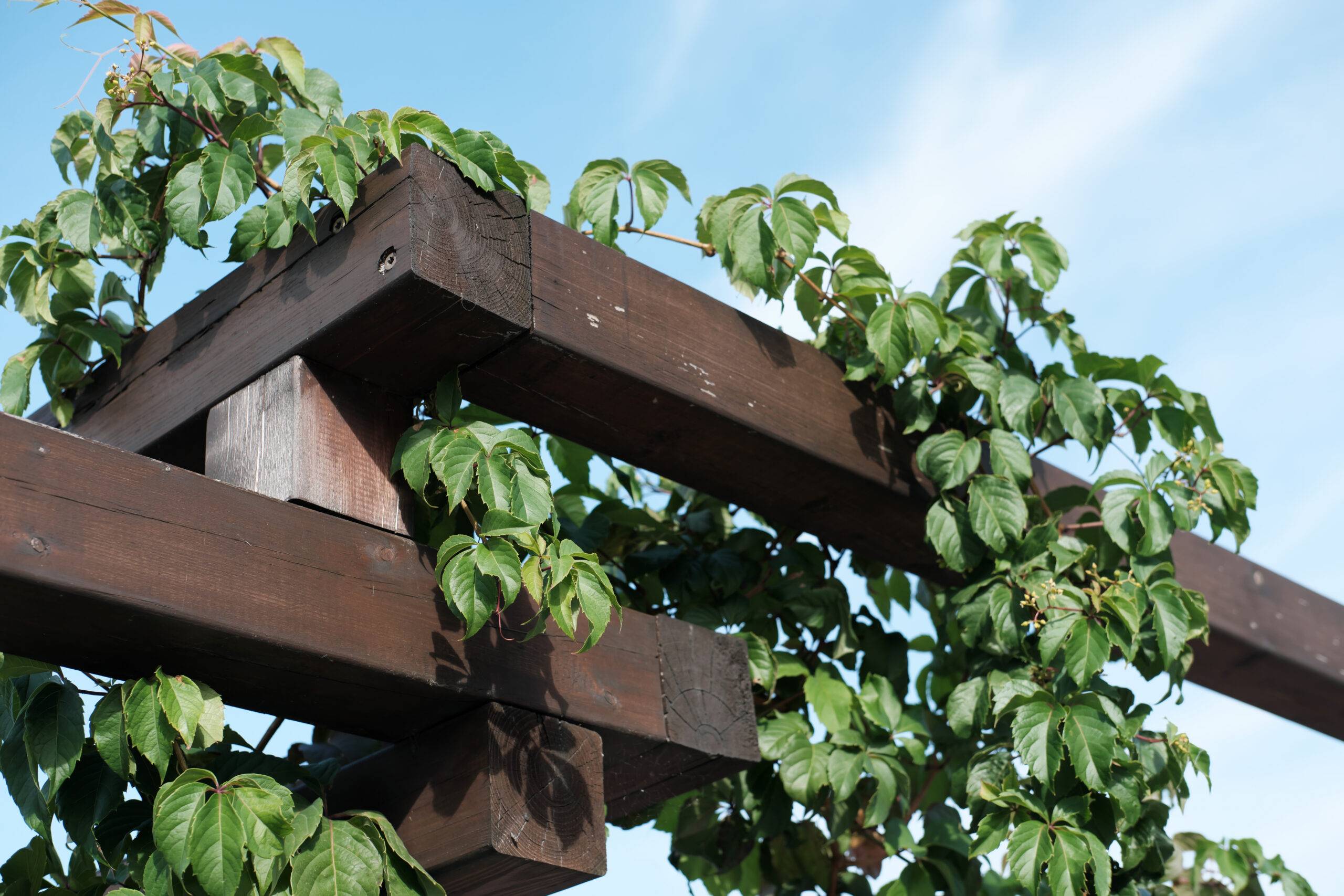
5. Tensioned Rope Lines
Stretching rope or twine between two posts is a lightweight and flexible trellis option, especially for vertical vegetable gardening. This method works well with tomatoes, cucumbers, or snap peas. You can easily adjust the spacing, replace broken ropes, and easily take it down for winter. It’s a less bulky way to support plants and fits well in gardens where you want a clean, less cluttered appearance.
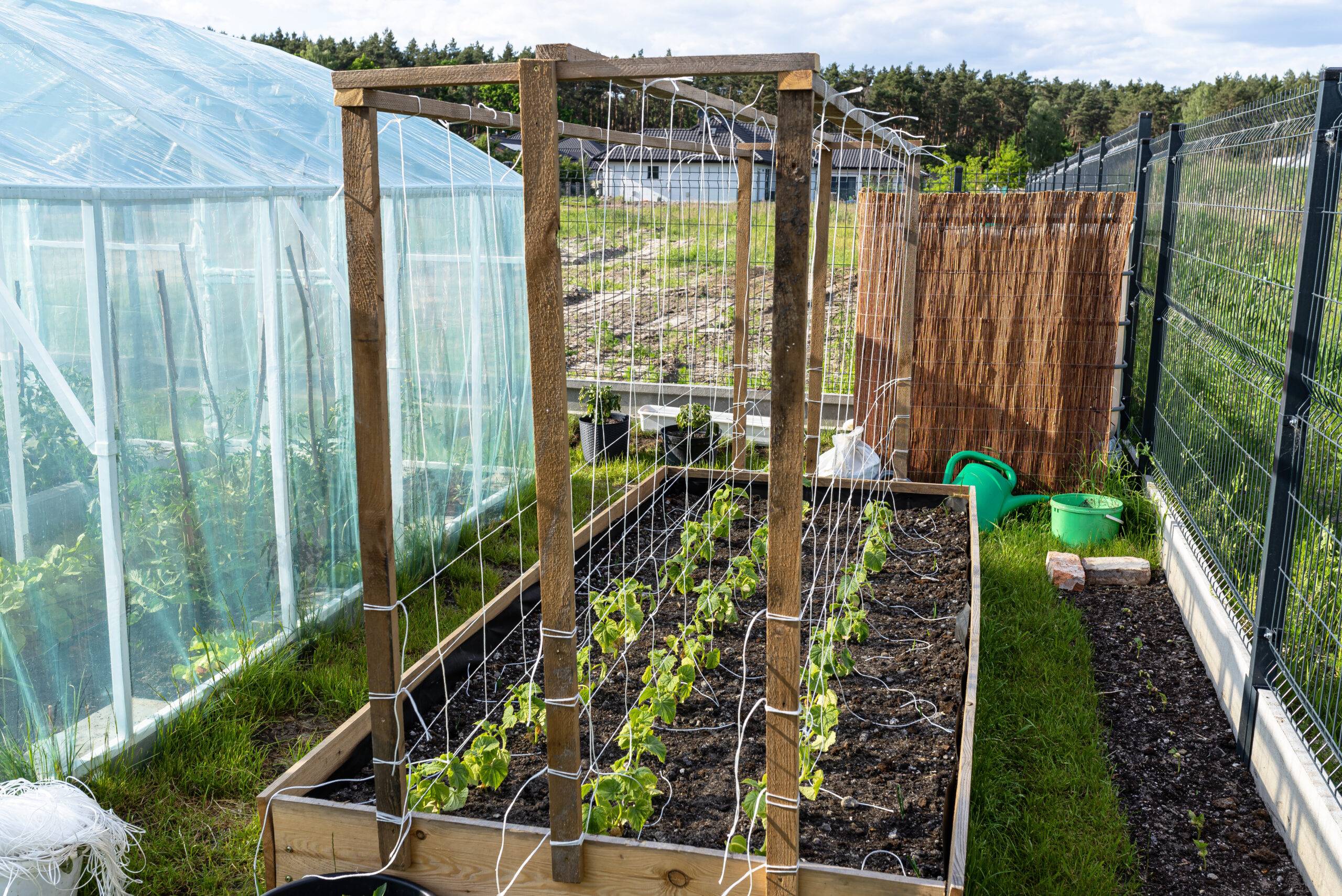
6. Ladder Frames
A wooden or metal ladder, either upright or leaned at an angle, makes an ideal trellis for heavier climbers like morning glories or climbing roses. You can find ladders at garage sales or build a simple one yourself. The wide rungs give plants something steady to grab onto, and it’s super easy to set up, just place it wherever you want things to climb! Ladders also look charming on their own and are easy to move if needed.
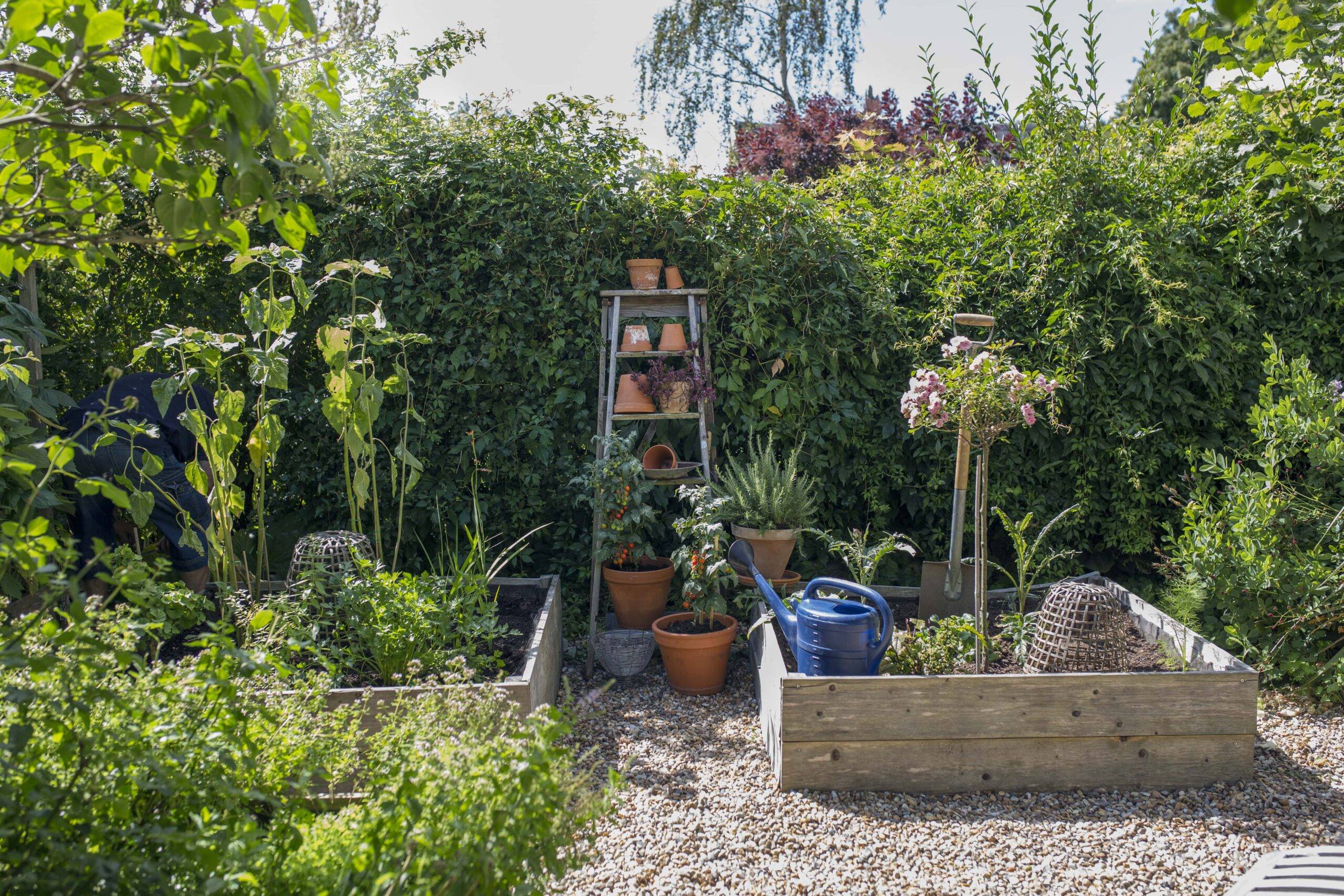
Related Articles
- How To Make Compost Tea, A Superfood For Your Garden
- Easy Gardening Hacks That Will Help Your Garden Grow Strong
- How to Invite Owls to Your Yard for Natural Rodent Control
Trellises are one of those garden features that do more than meets the eye. They hold things up, sure, but they also help guide the look and feel of your space. Whether you’re using something salvaged, store-bought, or homemade, the key is to find something that works with your plants and your personal style. A bit of thoughtful structure goes a long way toward creating a garden that feels both supported and beautiful.









